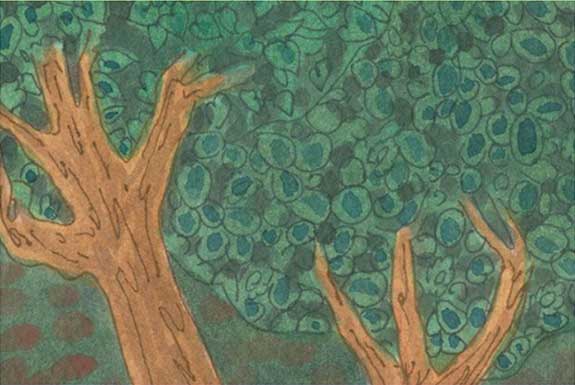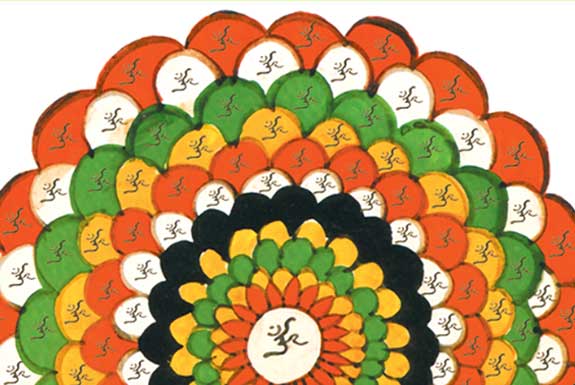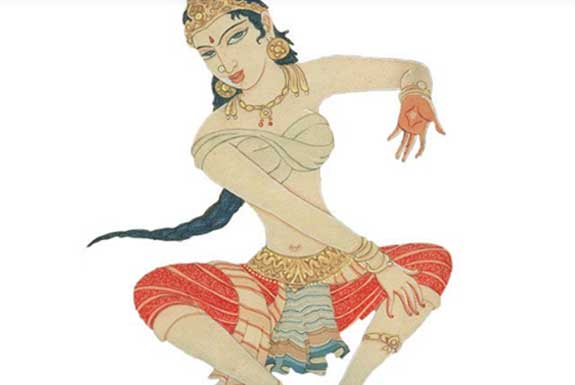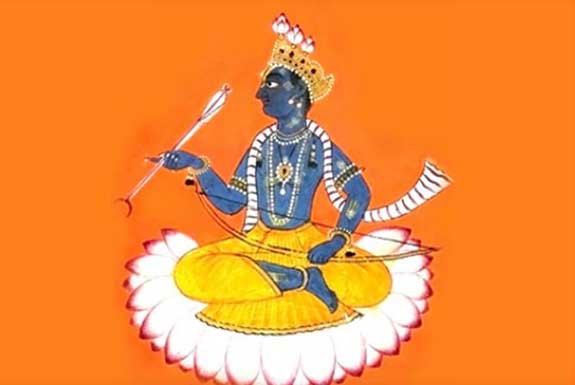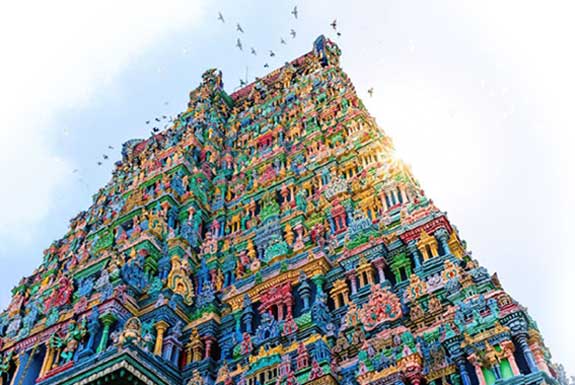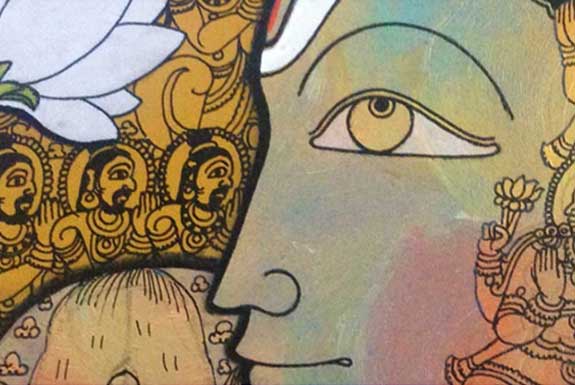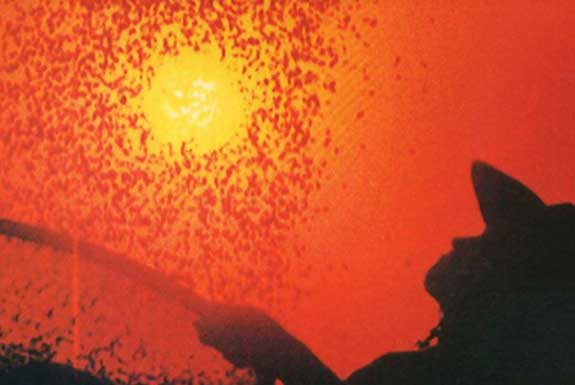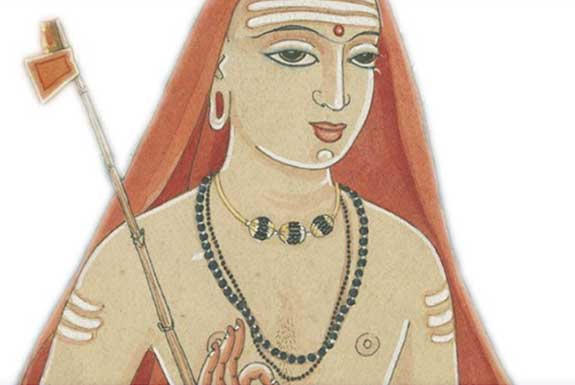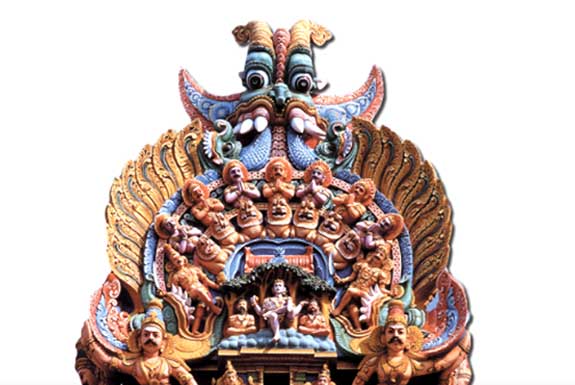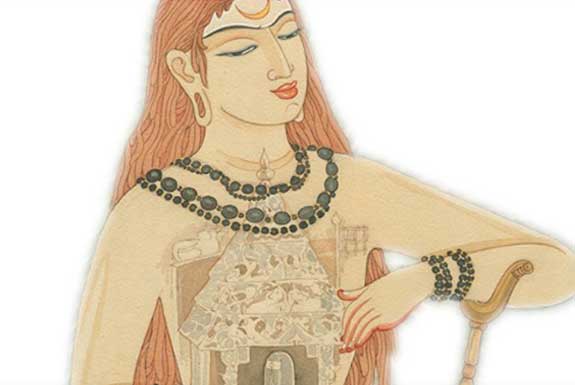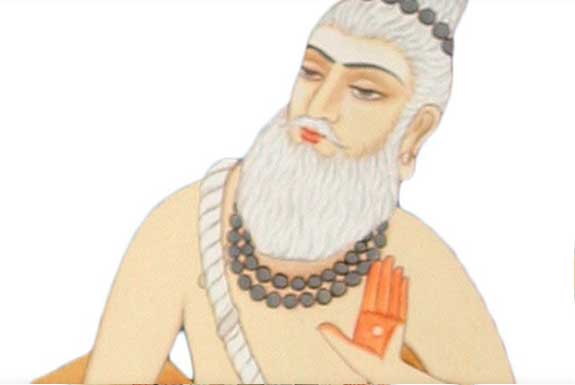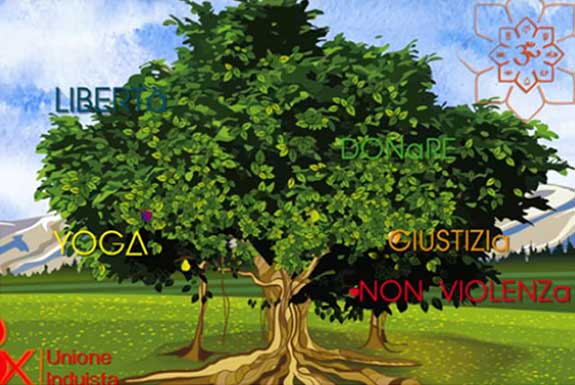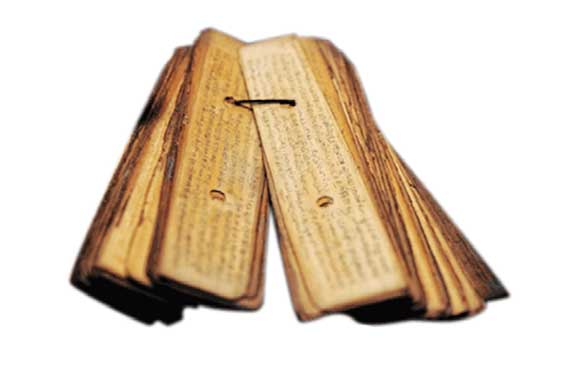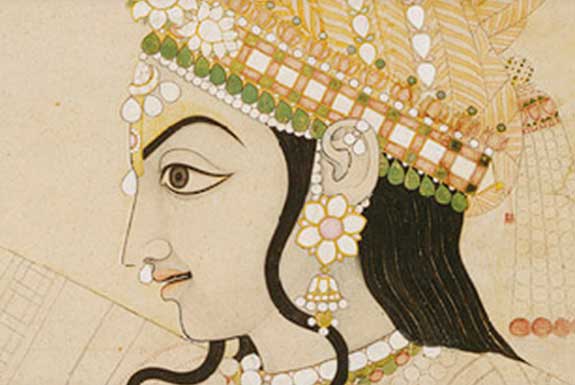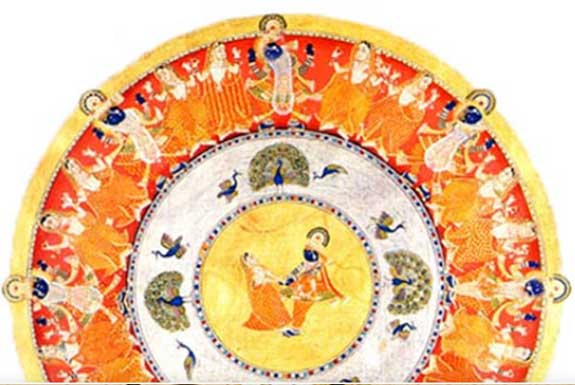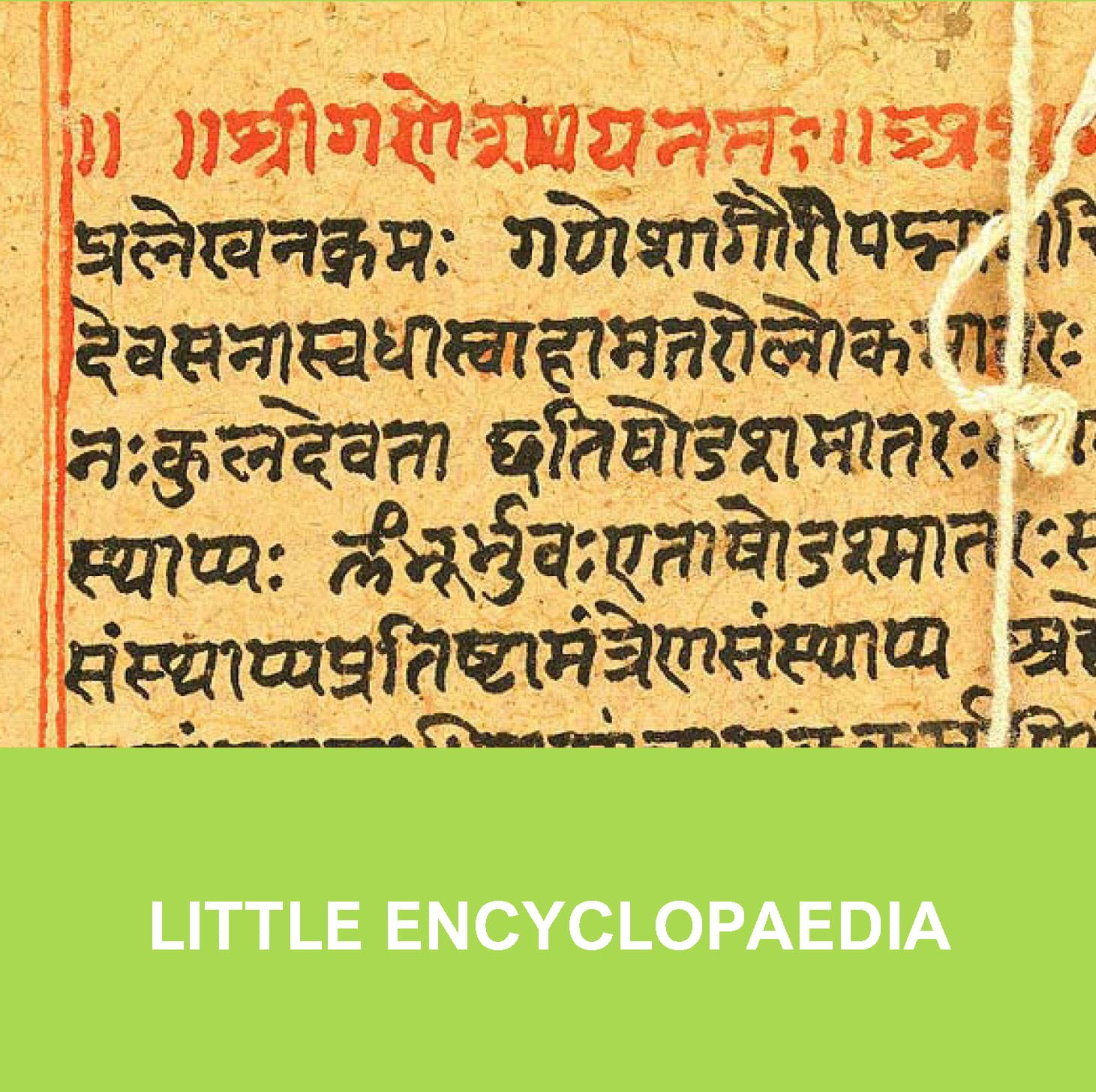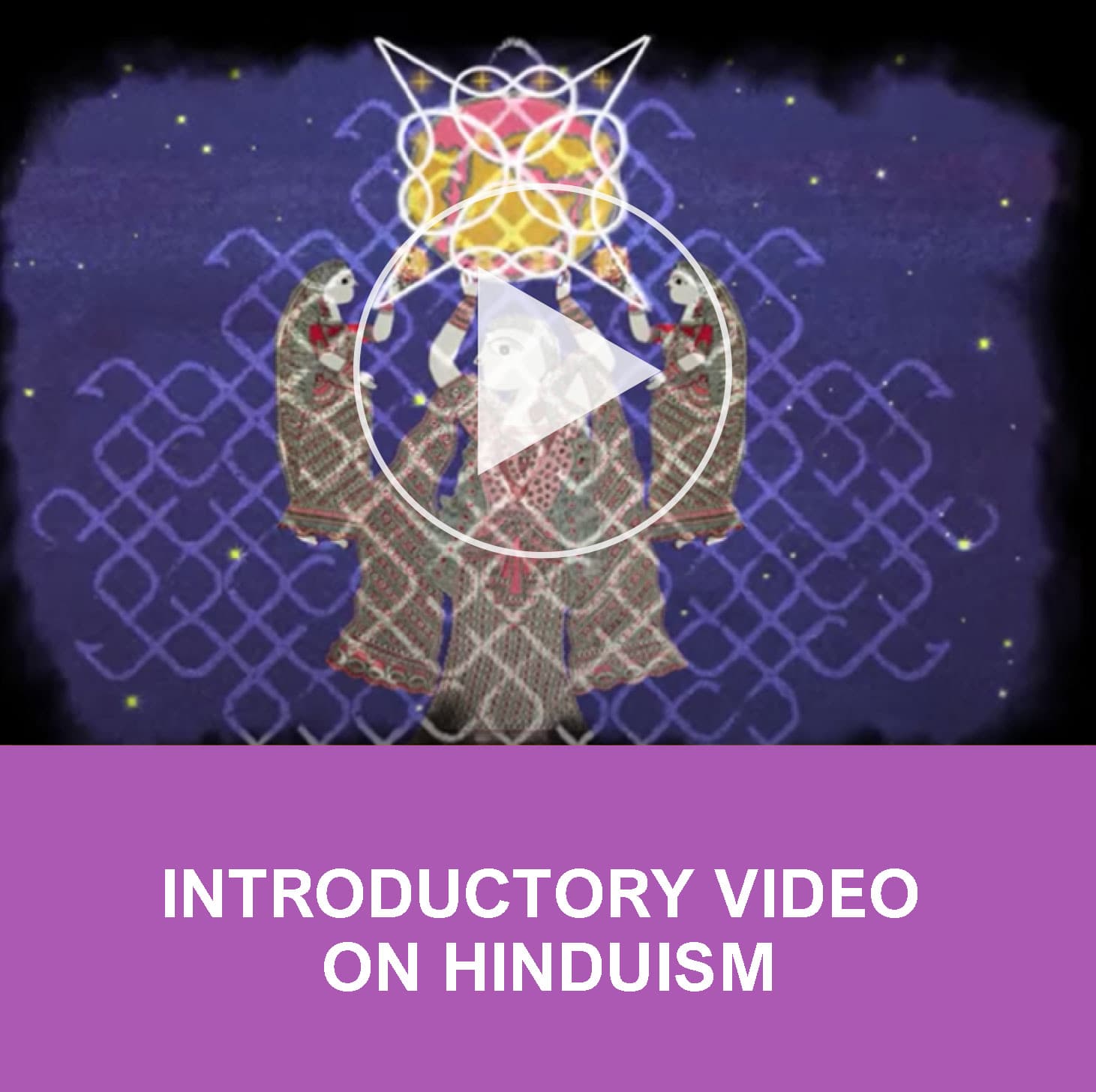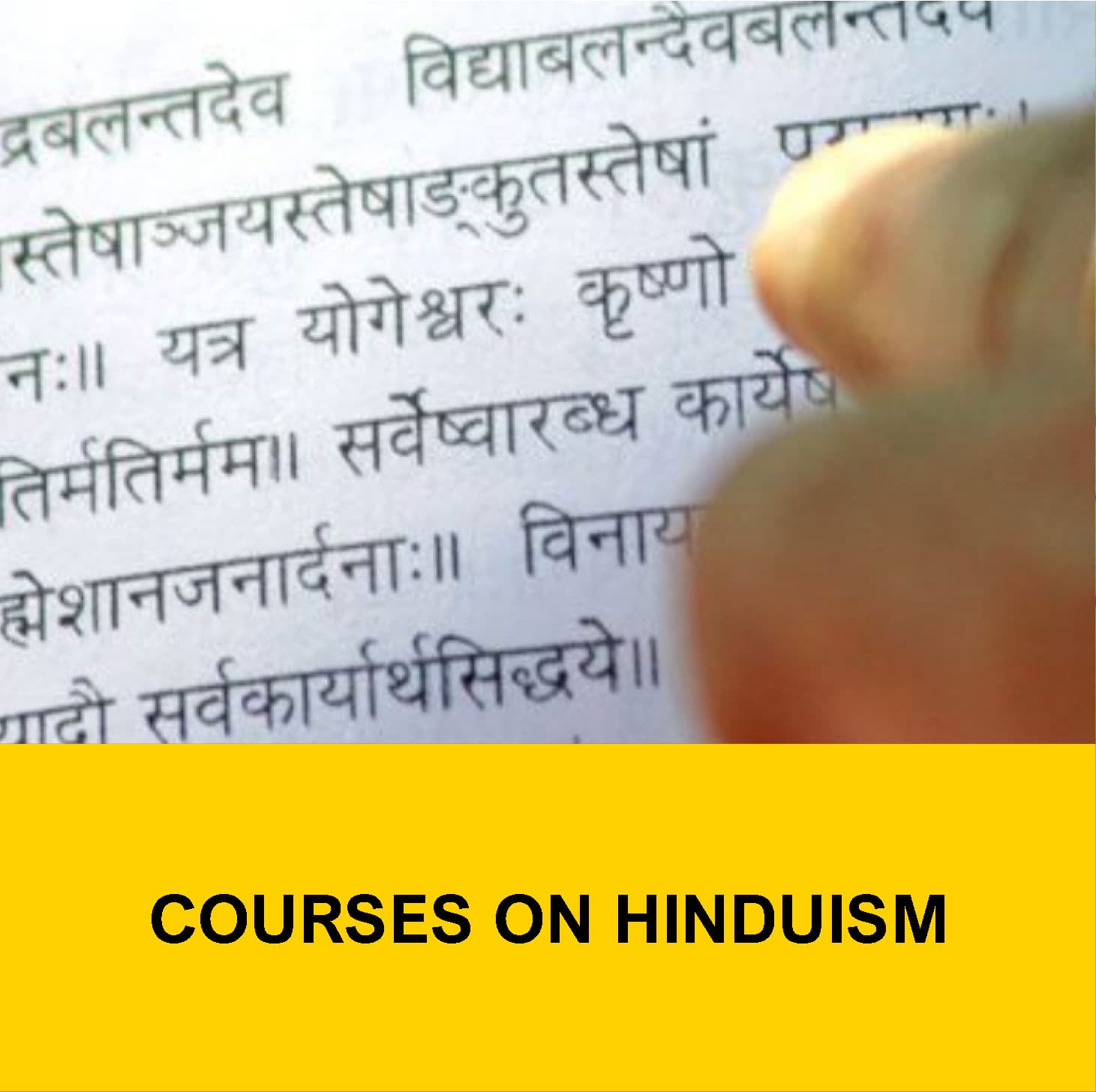LITTLE ENCYCLOPAEDIA
CONCEPT OF GOD
“God Is One, but sages call Him by different names.” (Rig-veda I 164, 46)
The various gods residing in the Hindu pantheon are symbolic representations of the many functions and manifestations of a One and only God. “That One God would breathe without producing breath, by its own.” (Rig-veda X 129, 2)
In Hindusim, God is called in many ways: Bhagavan (the one who possesses blessed qualities and power), Dhatr (the one who supports the entire manifestation), Ishvara (the Lord, the Powerful), Paramatman (the Supreme Self), Vidhatr (the Creator), and many more. God, in truth, has neither name nor form, yet all names and all forms belong to Him. In Hinduism, the concept of God has evolved in time, beginning with the Veda and reaching a further “codification” in later texts such as the Purana, the Agama and the Tantra.
God in the Veda
The Rig-veda states that there are 33 Gods, even if the names reported are many more. The number 33 becomes 3339 and reaches the number 33.000.000. It is obviously a symbolic number indicating the infinite number of forces that govern every single aspect of the cosmos. It is important to highlight the concept of a primordial God who differentiates in 3, then in 33, and lastly in innumerable aspects of spiritual forces. This concept does not represent the disintegration of the primordial God, but rather it highlights that God is one and manifests himself, through his power, as many. Divinities represent the basic principles that are active at various levels of cosmic and human existence. They are omniscient, limitless beings, universal models.
The Gods are subdivided in 3 groups: 11 are distributed in the heavens, 11 in the atmosphere and 11 on earth. This division also suggests an association with natural elements and the symbology is deeply esoteric. The vedic hymns must be interpreted on many levels, in fact we can read them in many ways: literally, figuratively or according to tradition of belonging.
In the Upanishad
Following vedic religiousness, mainly based on rituals, there is the speculative Upanishadic period. The Upanishad investigate the nature of the Absolute, the Brahman; they state that an absolute and infinite Reality is the origin of the manifest and changing Reality; an Absolute without a second. From this Absolute, the Brahman, the manifestation appears and disappears like a wave in the sea.
The Brahman, impersonal, neutral principle, transcendent and devoid of attributes is beyond name and form. Even if transcendent, it permeates all the planes of the manifest, gross, subtle and causal. Alongside the Upanishadic speculations, over time, another type of religiousness expresses itself. The divinity is not only evoked through the hymns and celebrated through sacrifice, it is not only meditated in the depths of the heart or searched through ascesis, but it acquires well defined “personal” and iconographic characters. Such a transformation is supported by a corpus of sacred texts called Purana and Itihasa.
In the Purana and Itihasa
In this process of progressive objectivization, the Absolute “starts” to appear as distinct, as Ishvara, the Lord at a cosmic level, as an incarnated soul, jiva-atma, at an individual level. Ishvara is the total sum of all beings, he is the “ruler” of manifestation, he is the Lord, the Regulator who brings order, dharma. The Supreme Ishvara is defined as Parameshvara or, according to traditions also Mahashiva, Mahadevi, Mahavishnu, etc.
From the viewpoint of the world, elaborating the concept of God, the human being attributes him the function of Creator, Brahma. The creation, in the cyclic concept of time, repeats itself in an eternal flow of creation, preservation and reabsorption; therefore, it is more correct to express oneself in terms of creations, in the plural. Once the world has been created, God supports it through his power and “orders” it according to the laws of dharma and of individual responsibility, karman. He therefore takes on the “role” of Preserver, Vishnu or Lakshmi. At last, at the end of the creative cycle, he reabsorbs the entire manifestation in himself fulfilling the function of Transformer, Shiva.


